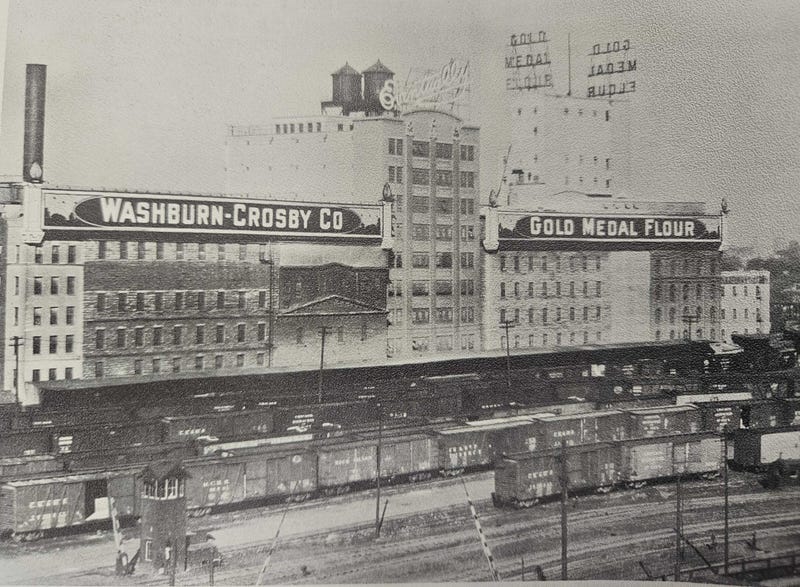
As we approach the 250th birthday of the United States next July, WCCO takes a looks back through the eyes of Minnesota over those same 250 years.
This month we focus on Minnesota Railroads. Back in the mid-19th century the only way to transport goods was by river boat, horse, or wagon.
But because rivers froze in the winter, railroads were not just important in Minnesota - they were necessary, says historian Steve Glischinski.
"The innovation of the railroads coming along brought year-round transportation," Glischinski says. "Of course you had grain, all sorts of agricultural products, and starting the beginning of manufacturing. They needed a way to transport it, and the railroad came in 1862 to Minnesota."
That first route?
"That first route was between Minneapolis and Saint Paul," says Glischinski.
Eventually, Minnesota became a crucial hub for the railroads. There were initially three transcontinental railroads in Minnesota that went to the West Coast.
"You had the Northern Pacific, you had James J. Hill and his Great Northern, and then in 1909, the Milwaukee Road completed a line to the West Coast," said Glischinski.
Oddly enough, there is a connection between the railroads and WCCO Radio that occurred decades later as well.
"The Washburn Crosby Company, W.D. Washburn, was one of the founders of the Minneapolis and Saint Louis Railway that was based here in Minneapolis, and then he was also involved in the Sioux Line, was establishing the Sioux Line Railroad, also based in Minneapolis" Glischinski explained. Washburn was quite the innovator, in terms of railroads and all his Minneapolis businesses."
The Washburn-Crosby Company, aka W-C-C-O, began operating in October of 1924 as a way for the flour-milling giant to begin marketing their products.
But it's that grain, culled from the farm fields of Minnesota and the Dakotas, brought to flour mills along the Mississippi River by railroads, then transported across America by railroads, that industrialized the Twin Cities and turned Minnesota into the "world's bread basket."
MORE: See all of our Minnesota and America at 250 stories here.
